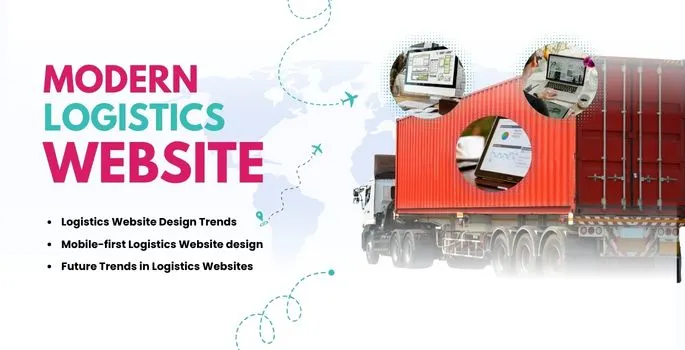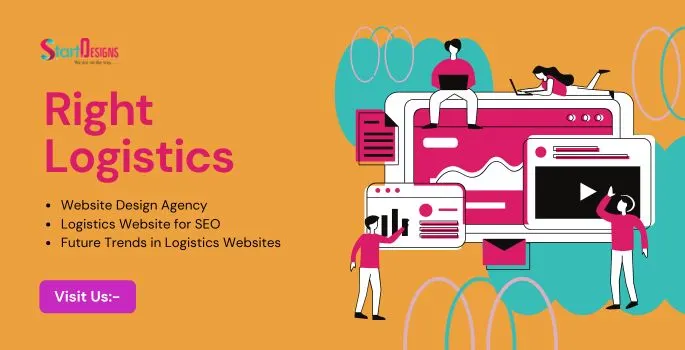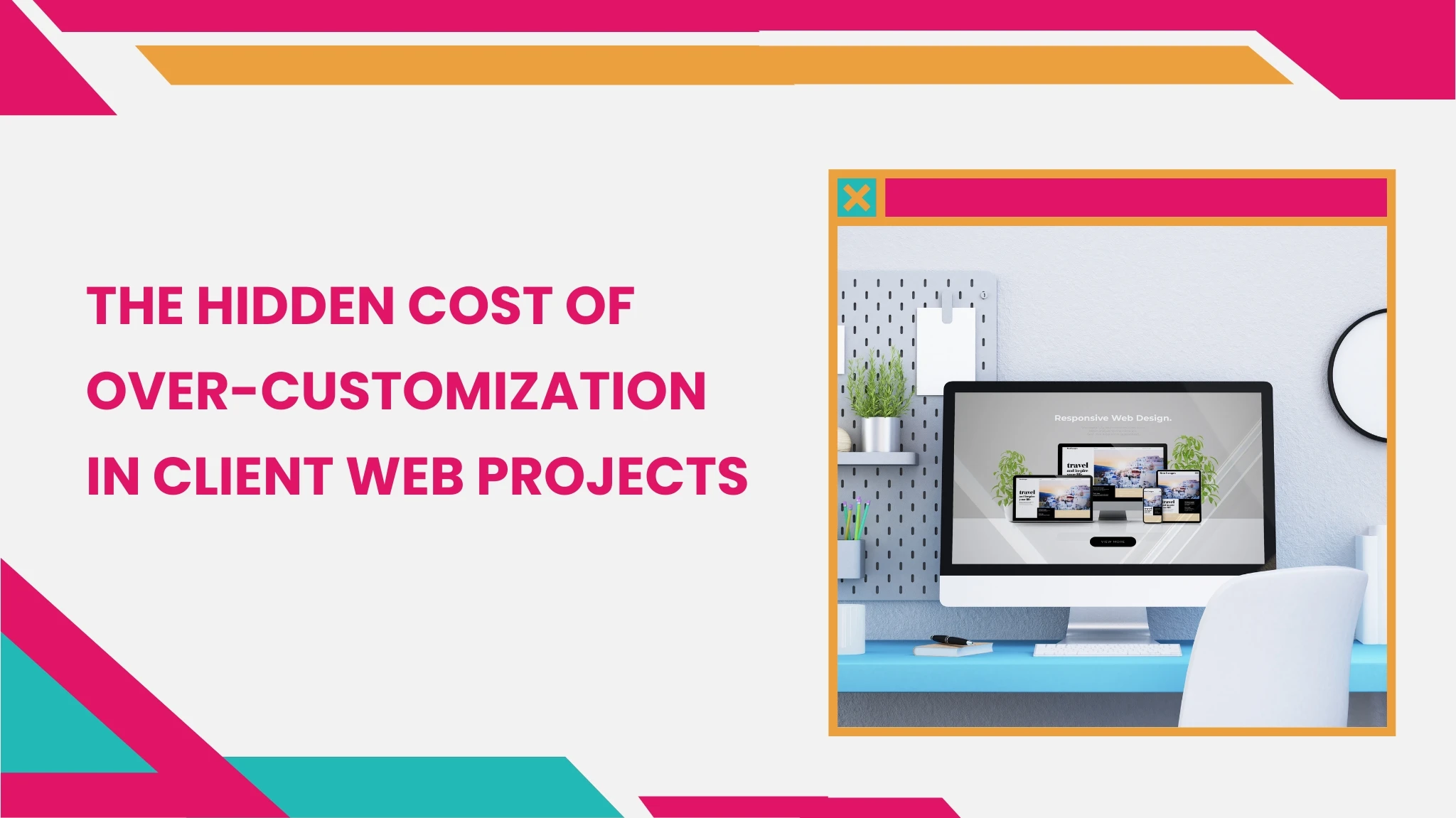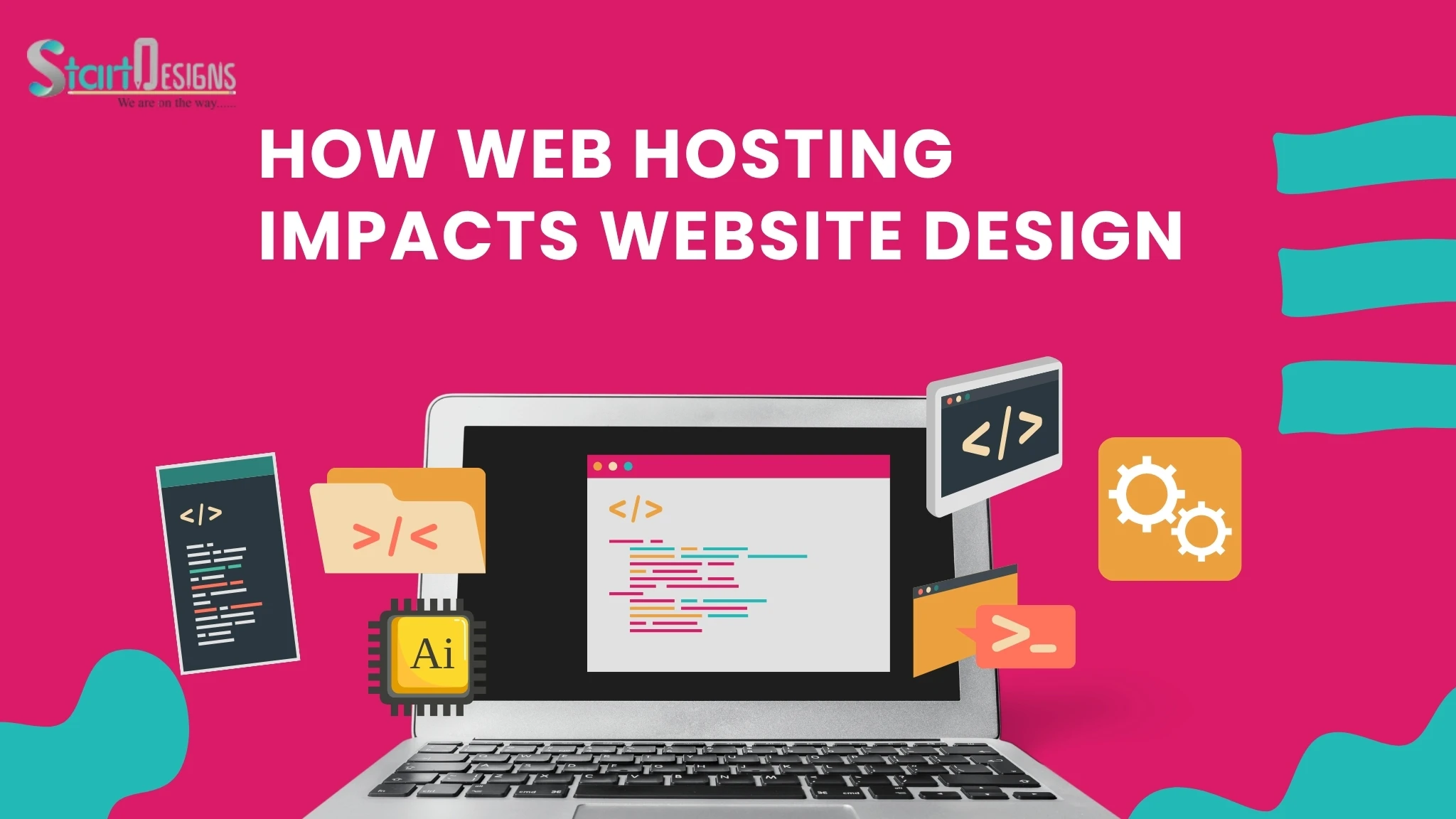This blog is a comprehensive 2025 guide on logistics website design, aimed at transport, freight, and supply chain companies. It covers essential website features, design trends, SEO strategies, advanced functionalities, and best practices to create a high-converting, user-friendly logistics website. Readers will learn how to build or optimize websites with responsive design, shipment tracking, quote generation, and mobile-first UX, along with tips for choosing the right web design agency. The blog also includes case studies, common mistakes, future trends, and FAQs, providing actionable insights for businesses looking to boost their online presence and conversions.
1. Why a Modern Logistics Website is Essential in 2025
The logistics industry is evolving rapidly. In 2025, your website isn’t just a digital business card—it’s the hub where clients request quotes, track shipments, and learn about your services.
A well-designed logistics website conveys professionalism, builds trust, and converts visitors into paying customers. Studies show that 80% of logistics buyers research online before hiring a company, meaning your website is often the first impression.
Key benefits of a modern logistics website:
- Showcase your freight, courier, and supply chain services
- Integrate real-time tracking for transparency
- Enable online quote requests and customer inquiries
- Improve search engine visibility to attract organic traffic
2. Key Features of a High-Converting Logistics Website
To stand out, your logistics website must combine functionality and design. Essential features include:
- Responsive Design: Works flawlessly on mobile, tablet, and desktop.
- Fast Loading Speed: Users leave sites that take more than 3 seconds to load.
- Clear Navigation: Easy access to services, tracking, and contact information.
- Live Tracking System: Real-time shipment updates improve customer trust.
- Quote Request Forms: Simple forms increase lead generation.
- SEO Optimization: Helps your site rank for keywords like logistics website design, transport website development, and supply chain web design.
By including these features, your website becomes a conversion-focused tool rather than just an information page.
Web Design Services!
3. Latest Logistics Website Design Trends for 2025
Keeping up with website design trends ensures your logistics website looks modern and professional. Top trends for 2025:
- Interactive Maps: Display coverage areas visually for better clarity.
- AI-Powered Chatbots: Offer 24/7 customer support without extra staff.
- Minimalist Layouts: Clean and simple designs improve readability.
- Voice Search Optimization: Increasingly, clients search via voice commands.
- Real-Time Tracking Dashboards: Users can instantly check shipment status.
- Multilingual Support: Reach international clients with multiple language options.
Incorporating these trends positions your website as forward-thinking and client-focused.
4. Essential Pages for Every Logistics Website
A logistics website isn’t complete without well-structured pages. Include:
- Home Page: Highlight services and CTA buttons like “Request a Quote” or “Track Shipment.”
- About Us: Share your company story, team, and mission.
- Services Page: Describe freight, courier, warehousing, and supply chain services.
- Tracking Page: Provide easy access to live shipment updates.
- Contact Page: Include phone, email, location map, and inquiry form.
- Blog Section: Publish content on logistics trends, tips, and news to improve SEO.
A clear structure improves user experience and search rankings.

5. Designing for Mobile and UX in Logistics Websites
Mobile-first design is critical in 2025 as most users access websites via smartphones. Key tips:
- Use intuitive navigation with collapsible menus.
- Highlight CTAs prominently for quotes or tracking.
- Avoid cluttered layouts; focus on essential content.
- Ensure fast loading times using compressed images and clean code.
A smooth UX reduces bounce rates and encourages longer engagement, increasing the likelihood of converting visitors.
6. How to Optimize Your Logistics Website for SEO
SEO ensures your logistics website reaches the right audience. Key strategies:
- Keyword Optimization: Include keywords like logistics website design, transport company website, and supply chain web design.
- Meta Tags: Write compelling meta titles and descriptions for each page.
- Alt Text for Images: Use descriptive text like “freight tracking dashboard” or “courier website design.”
- Schema Markup: Add Local Business or Organization schema for better indexing.
- Content Strategy: Regularly publish blogs covering industry trends, tips, and FAQs.
- Internal Linking: Link to related pages within your website for better crawlability.
Well-optimized SEO boosts organic visibility and attracts quality leads.
7. Integrating Advanced Features for Better User Experience
Advanced features improve functionality and client satisfaction:
- Shipment Tracking API: Allows real-time updates on parcels and freight.
- Instant Quote Generator: Clients can calculate shipping costs immediately.
- CRM Integration: Manage leads and customer relationships efficiently.
- Payment Gateway: Accept online payments securely.
- Multi-location Support: For global or regional logistics companies.
- Analytics Dashboard: Track user behavior, popular pages, and conversions.
These features make your website more than just an information source—it becomes a business tool.
8. Case Studies / Examples of Successful Logistics Websites
Looking at examples helps you visualize best practices:
- DHL Express: Clean layout, easy tracking, multilingual support.
- FedEx: Prominent quote and tracking features, mobile-friendly.
- Start Designs Client Examples: Modern design, optimized for conversions, fast loading.
Use these case studies for inspiration, focusing on ease of navigation, speed, and user-centric features.

9. How to Choose the Right Logistics Website Design Agency
A professional agency ensures your site is scalable, fast, and SEO-optimized. Key criteria:
- Portfolio showcasing transport and logistics websites.
- Expertise in UI/UX, SEO, and advanced integrations.
- Ongoing support and maintenance.
- Knowledge of conversion-focused design.
Hiring the right agency saves time, reduces errors, and ensures your website performs at its best.
10. Common Mistakes to Avoid in Logistics Website Design
Avoid pitfalls that can harm user experience and SEO:
- Cluttered or confusing layout
- Slow loading speed
- Poor mobile optimization
- Missing CTA buttons
- Lack of shipment tracking or quote options
Learning from mistakes helps you stay ahead of competitors.
11. Future Trends in Logistics Websites
Looking forward to 2025 and beyond:
- AI-driven tracking and automation
- AR/VR visualization for warehouses and shipments
- Predictive analytics for supply chain management
- Integration with IoT devices for real-time updates
Adopting these technologies ensures your logistics website remains modern and competitive.
Conclusion
A high-converting logistics website in 2025 combines modern design, advanced functionality, and SEO optimization. Whether you run a freight, courier, or supply chain company, investing in a professional website improves credibility, drives leads, and keeps you ahead of competitors.
By following this guide, your logistics website will not only look professional but also perform efficiently, helping your business grow in the digital era.
About the author
Popular Posts

How to Hire an Educational Website Development and Design Agency in 10 Steps
October 23, 2025- 7 Min Read

The Hidden Cost of Over-Customization in Client Web Projects
October 18, 2025- 6 Min Read


